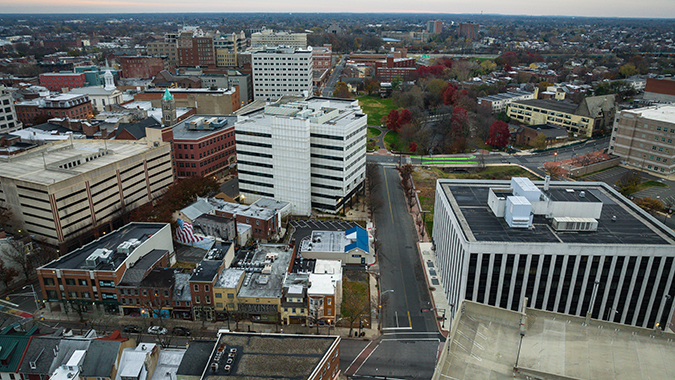New Jersey’s trend of net loss of Adjusted Gross Income is continuing, but not at the rate seen in more recent years.
The latest Internal Revenue Service (IRS) data shows New Jersey experienced a net outflow of $2.3 billion in Individual Income Tax Return Adjusted Gross Income (AGI) for tax year 2019-2020.
With this added net loss of AGI, New Jersey’s total net loss is approximately $36.4 billion dating back to data year 2004-2005.
AGI is a measure of income that calculates how much total income is taxable. So, its importance is found in the fact that the continued net loss in AGI literally results in less taxable income for the state.
“The net AGI loss hits our state tax revenues and our ability to fund state services and programs, and ultimately our ability to provide tax relief to New Jersey’s residents and businesses,” said NJBIA President and CEO Michele Siekerka.
“Over the years, we’ve seen some of our regional states and states around the nation receive a good portion of New Jersey’s out-migrated AGI – so that also strikes against our competitiveness.”
For 2019-2020, the outflow of U.S. and foreign adjusted gross income was $12.8 billion, compared to an inflow of $10.5 billion.
That -$2.3 billion net loss, however, is the smallest recorded since 2012-2013 (-$1.75 billion).
New Jersey also experienced a positive net AGI total from only three states: Nebraska (+$1.3 million), Alaska (+$4.6 million), andNew York (+$3.1 billion).
In each of the two previous tax periods (2017-2018 and 2018-2019), New Jersey had a net outflow of $3.1 billion.
So, is thisthe start of an improving trend of annual migration data for the Garden State?
“It’s difficult to say,” said NJBIA Director of Economic Policy Research Kyle Sullender. “Returns filed in 2020 measure income earned in 2019 which means this data likely doesn’t capture the effects of the COVID-19 pandemic.
“Typical patterns of migration may have been disrupted as people faced health concerns, new employment dynamics and other changes that aren’t captured here.”
Whichever way New Jersey’s migration goes, Sullender said it’s important to remember that there’s isn’t necessarily a correlation between population trends and the overall inflow and outflow of income.
“A state can simultaneously experience population growth and a net loss of AGI,” Sullender said. “So, the easiest way to understand what’s happening is that those who are leaving are taking more money with them than what our new residents are bringing in.”




